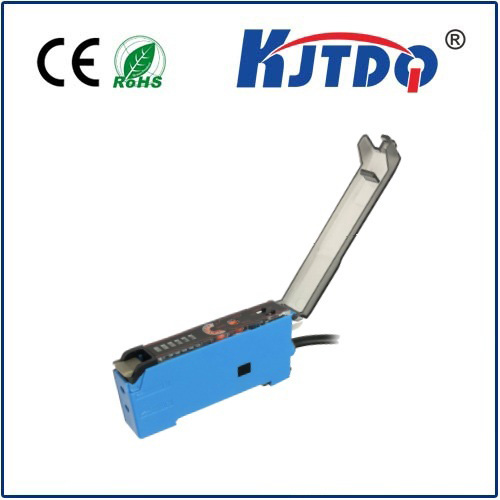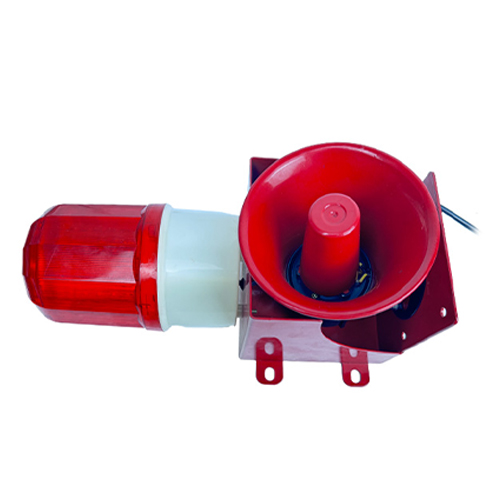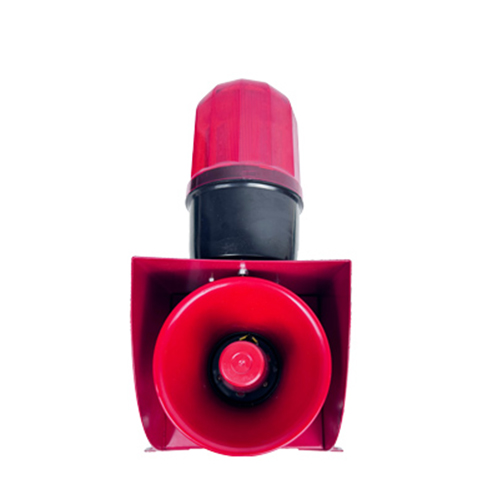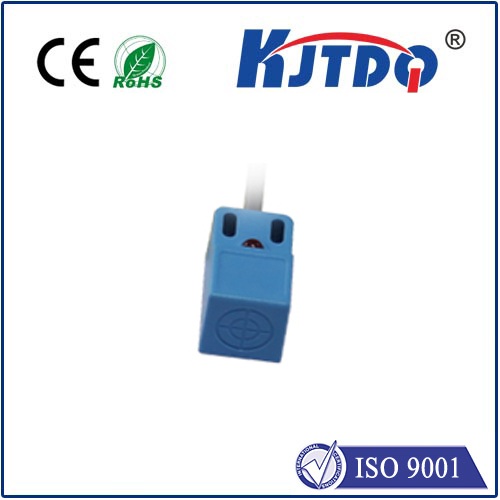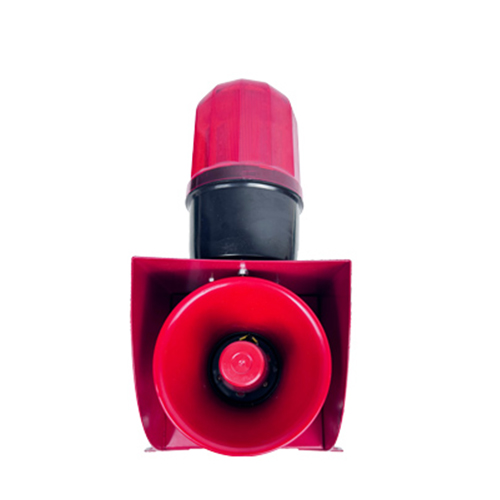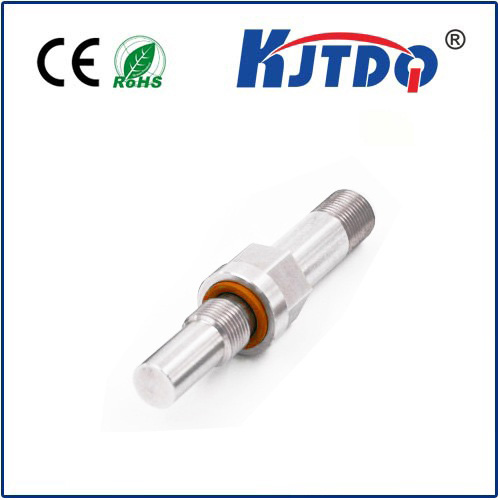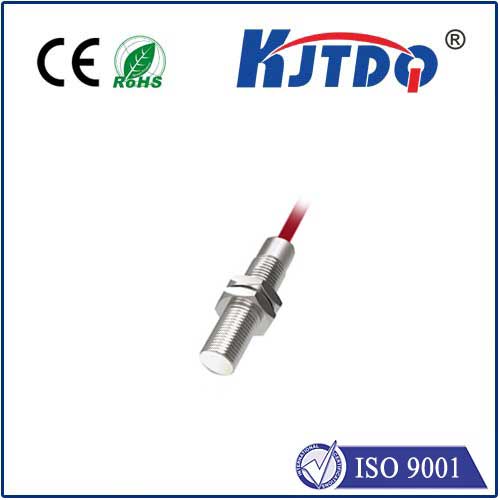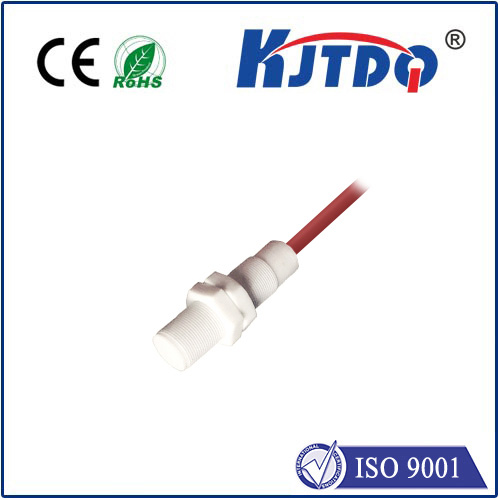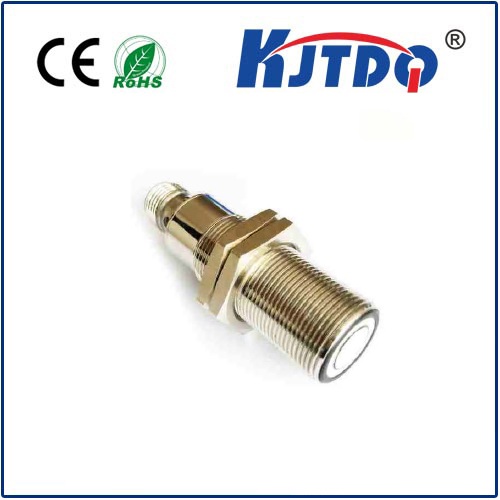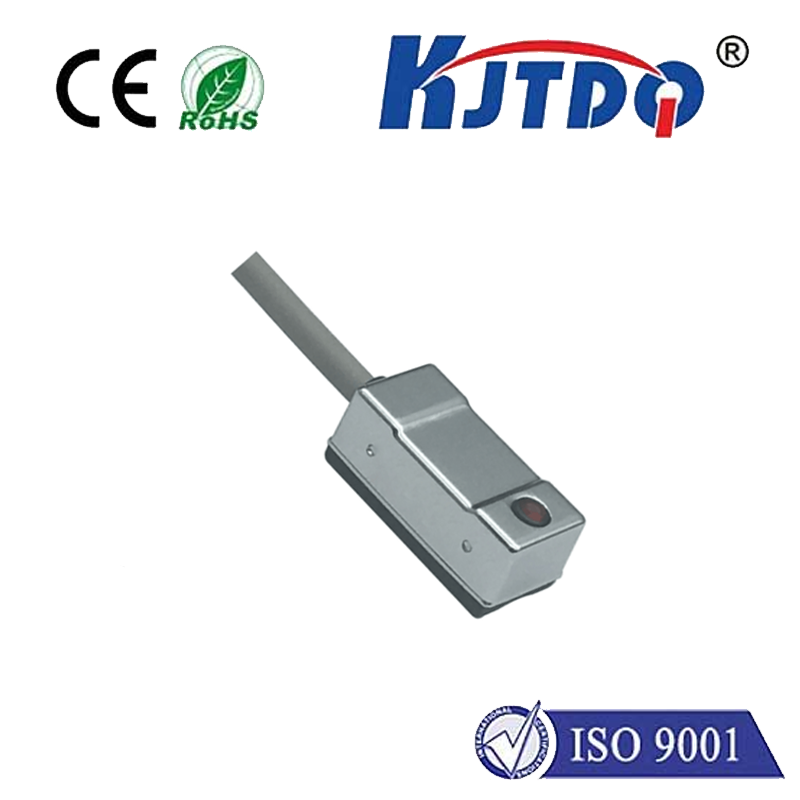proximity sensor m12 pnp no
- time:2025-06-16 16:14:24
- Click:0
The M12 PNP NO Proximity Sensor: Precision Detection for Demanding Automation
Ever wondered how factory lines flawlessly detect metal parts zipping by, how robotic arms consistently grasp components, or packaging machines know precisely when a product is in position? The unsung hero enabling this level of reliability often lies in a compact, rugged device: the proximity sensor M12 PNP NO. This specific configuration isn’t just a string of letters and numbers; it defines a critical component tailored for countless industrial applications. Let’s delve into what makes this sensor type essential and how its key features solve real-world automation challenges.
Decoding the Name: M12, PNP, NO
The designation “proximity sensor M12 PNP NO” precisely breaks down its core characteristics:
- Proximity Sensor: This sensor detects the presence or absence of a target object without physical contact. Inductive proximity sensors, the most common type fitting this description, generate an electromagnetic field. When a metal target enters this field, it induces eddy currents, causing a change in the sensor’s internal oscillation that triggers its output state.
- M12: This refers to the threaded housing diameter, a crucial standardization aspect. M12 sensors have a diameter of approximately 12 millimeters at the threaded section. This compact size makes them highly versatile for tight spaces while also defining a common mounting standard. M12 connectors are also prevalent, ensuring easy and reliable electrical connection.
- PNP: This defines the output transistor type and switching behavior. In a PNP sensor, the output signal wire acts as the source of positive voltage (+V). When the sensor detects a target, it switches the output transistor ON, connecting the signal wire to the positive supply voltage (+V), thereby supplying a positive voltage output to the load. PNP is also commonly referred to as “sourcing” because it sources current to the load.
- NO (Normally Open): This describes the default electrical state of the output switch in the absence of a target. When no target is detected, the output circuit is open, meaning no current flows through the signal wire. Only when a target enters the sensing range does the output switch close, completing the circuit and allowing current to flow. NO sensors are typically used to trigger an action upon detection (e.g., activating a machine step, starting a timer, incrementing a counter).
Why Choose an M12 PNP NO Sensor? Key Advantages

The combination of these features delivers significant benefits in industrial settings:
- Robustness and Compactness: The M12 housing provides excellent mechanical strength and resistance to vibration. Its compact size allows installation in confined spaces where larger sensors wouldn’t fit. This sturdiness is vital for harsh factory environments.
- Standardization and Ease of Installation: M12 threading is ubiquitous. Mounting hardware (nuts, brackets) and matching M12 connectors (cables, receptacles) are readily available off-the-shelf, simplifying installation, maintenance, and replacement. This standardization reduces downtime and inventory complexity.
- Efficient Wiring with PNP Sourcing: PNP output directly provides a positive voltage signal upon detection. This aligns well with the typical input requirements of Programmable Logic Controllers (PLCs), which are often configured to accept a sourcing input signal. Connecting a PNP sensor to a PLC input usually requires just connecting the sensor’s signal wire to the PLC input and connecting the sensor’s common (0V) and the PLC input common together. This simplifies wiring schemes.
- Intuitive Logic with NO Operation: The Normally Open configuration offers a clear logic: “No target = Off, Target Detected = On.” This makes programming and troubleshooting straightforward, as the sensor actively signals the presence of the target. It’s ideal for initiating processes, verifying part existence, or triggering events only when needed.
- Reliable Metal Detection: As an inductive sensor, the M12 PNP NO excels at detecting ferrous and non-ferrous metals reliably, unaffected by dirt, oil, or moisture (assuming suitable IP rating - look for IP67 or higher for demanding environments). This non-contact detection eliminates wear and tear.
Applications: Where Precision Detection Matters
The M12 PNP NO proximity sensor finds its place wherever reliable, non-contact metal detection is required in a compact space:
- Machine Automation: Detecting the position of cylinders, end-of-stroke confirmation, verifying part presence in fixtures or nests, counting metal parts on conveyors.
- Robotics: Verifying gripper closure (detecting the gripper jaw or the target on the part), confirming tool presence, detecting workpiece arrival at a robot station.
- Packaging Machinery: Detecting metal lids, cans, foil seals; verifying product position before sealing or filling; confirming case presence for packing.
- Conveyor Systems: Monitoring product flow for count or jam detection; detecting components for sorting gates; confirming pallet position.
- Material Handling: Detecting the position of lifts, slides, and actuators; sensing metal components in feeders or hoppers.
- Automotive Manufacturing: Verifying engine block or chassis position; detecting metal brackets, fasteners, or components during assembly; end-of-line testing station triggers.
Critical Considerations When Specifying
While powerful, choosing the right M12 PNP NO sensor requires attention to detail:
- Sensing Range: Inductive sensors have defined nominal sensing ranges (e.g., 2mm, 4mm, 8mm). Choose one suitable for your target size and required mounting distance. Remember the effective sensing distance can be slightly less and is influenced by target material (steel is standard; factors are provided for other metals).
- Target Material: While designed for metal, detection capabilities vary. Specify if you primarily detect mild steel, stainless steel, aluminum, brass, etc. Sensor data sheets provide reduction factors.
- Environmental Factors: Ensure the sensor’s IP (Ingress Protection) rating (e.g., IP67, IP69K) is sufficient for the environment – exposure to water jets, washdowns, dust, coolants, or oils. Temperature range must also cover the operational extremes.
- Output Current Capacity: Verify the PNP output’s current rating (e.g., ≤ 200mA) meets or exceeds the requirements of the connected load (e.g., PLC input, relay coil).
- Electrical Connections: Decide between versions with:
- Pre-wired cable (fixed length, specific cable type/jacket).
- M12 connector (quick-disconnect, requires mating connector). Quadcable (4-pin) connectors are common; pin assignments are critical (usually Brown: +V, Blue: 0V, Black: Signal Output, White: Optional diagnostic or second output).
- Mounting: Ensure the chosen mounting style (flush, non-flush) suits the application. Non-flush sensors offer longer ranges but are more susceptible to interference from surrounding metal. Flush-mountable sensors can be embedded in metal.
Installation and Wiring Insights
Proper installation maximizes performance and longevity:
- Mount Securely: Use the correct M12 nut and tighten to specifications. Avoid excessive force that could damage the housing.
- Respect Sensing Field: Keep surrounding metal beyond the sensor’s specified lateral distance to prevent false triggers. Shielded sensors are less susceptible to lateral metal than unshielded ones.
- Wiring: Typically:
- Brown Wire: Connect to positive DC supply voltage (+V, e.g., 10-30V DC).
- Blue Wire: Connect to 0V / DC Ground / Negative (-).
- Black Wire (Signal Output): Connect to your PLC input module, relay coil, or indicator light.
- White Wire (if present): Often unused,






